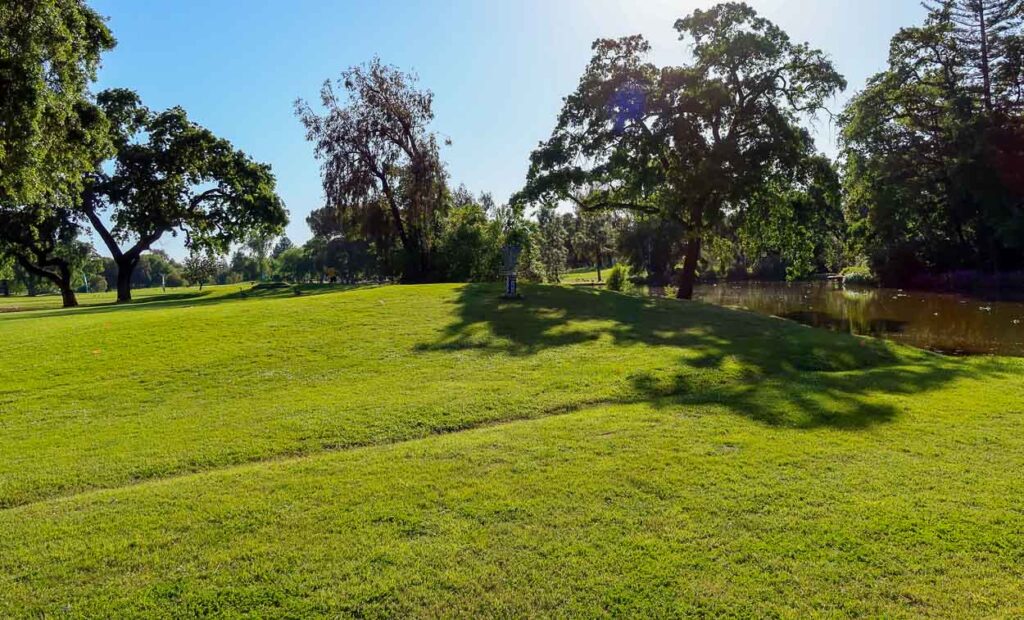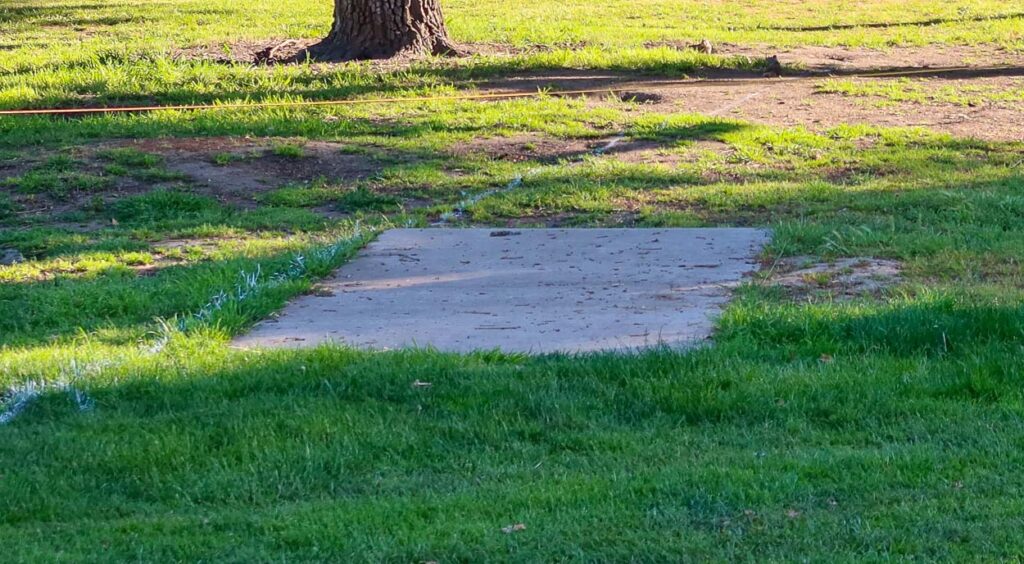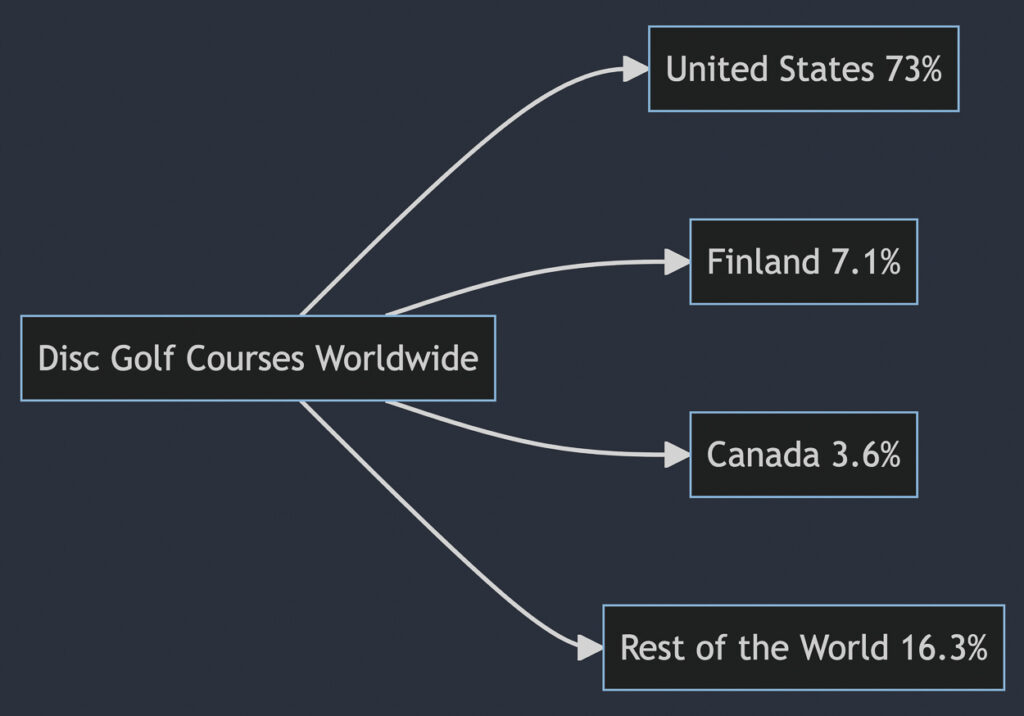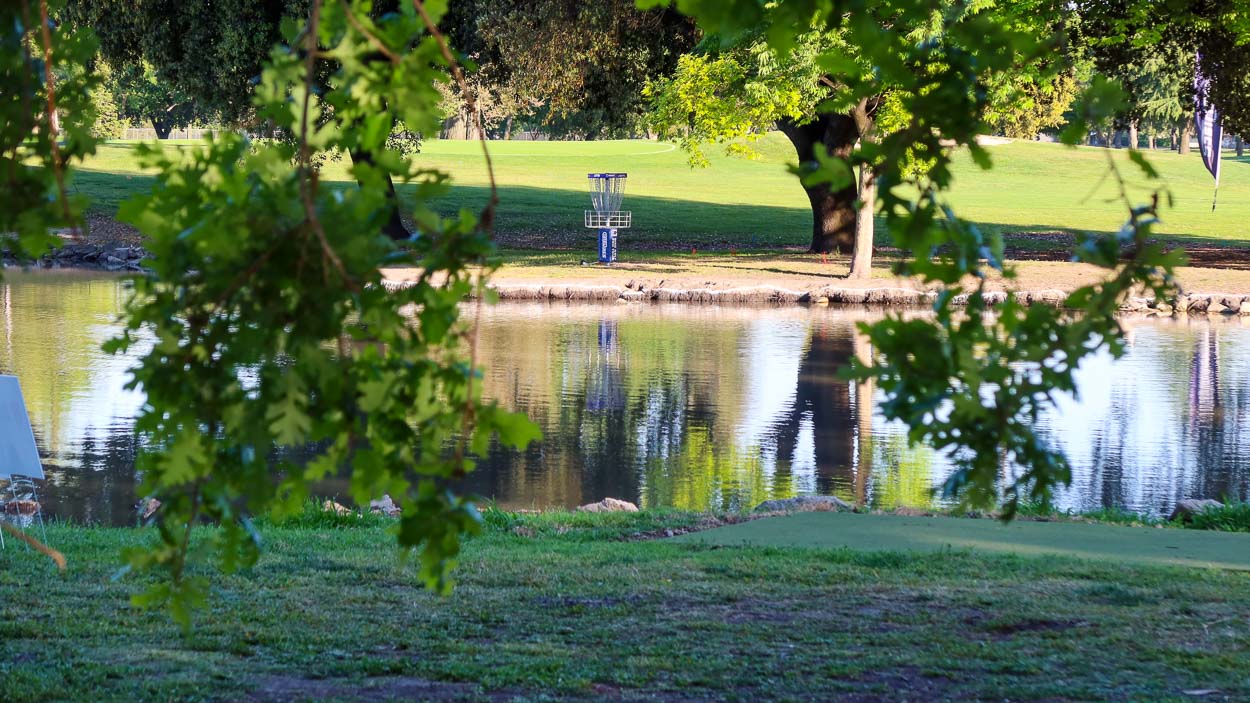So you’ve probably heard of disc golf due to its tremendous rise in popularity since the start of the pandemic. But what is a disc golf course, and how is it different than a regular golf course?
Disc Golf, a growing sport that marries the precision of traditional golf with the accessibility of a disc game, is enjoyed by enthusiasts across the globe.
The range and diversity of disc golf courses echo the worldwide love for this dynamic sport. The carefully designed courses, with holes averaging 200-400 ft, offer various levels of challenges and unique playing experiences.
With a rich selection of disc golf courses across countries and continents, players get to enjoy the game in the most natural and scenic environments.
The Anatomy of Disc Golf Courses
Every disc golf course is a unique playground that tests the skills and strategies of players. Designers employ different natural features like trees, bushes, elevation changes, and water hazards to make each hole distinct and challenging.

The presence of out-of-bounds zones and mandatory flight paths further enhances the strategic aspect of the game.
Whether it’s a 9-hole course for a quick round or an 18-hole layout for a full disc golf experience, these courses cater to players of all skills levels. Some even feature multiple tee positions and target areas, allowing an exciting variation in gameplay for both novice and seasoned players.
Minimal maintenance of disc golf courses ensures they are built and maintained in harmony with nature. Furthermore, these courses serve as social hubs for local disc golf clubs and often feature stores selling disc golf equipment, enhancing the community aspect of the sport.
Disc Golf: A Global Sensation
Disc golf courses are truly a global phenomenon. The United States is home to a staggering 73% of all disc golf courses, reflecting the popularity of the sport in the country. Not far behind, Finland and Canada have significant numbers of courses, representing 7.1% and 3.6% respectively.
It’s not just about the sheer quantity; density also plays a part. Estonia, for example, boasts the highest density of disc golf courses per km2 of dry land.
From the North American and European continents to Japan, Australia, New Zealand, and South Korea, disc golf is making its mark. There’s even a disc golf course in Antarctica, proving that love for the sport transcends geographical boundaries.
Here’s an interesting fact: Åland, an archipelago in the Baltic Sea, is the world’s largest single disc golf park. It features one course in each of its 16 municipalities, offering an incredible variety for disc golf enthusiasts. Just make sure to bring a distance driver 🙂
A Closer Look at Tee Boxes in Disc Golf

Tee boxes, or ‘the box,’ represent the starting point for each hole in disc golf. Recommended to be no smaller than 1.2 meters wide by 3 meters long, these boxes come in a variety of materials such as concrete, asphalt, rubber, gravel, or artificial turf.
They serve a critical role in the gameplay, allowing players to kickstart each hole with their best possible throw.
Guideposts on the Course: The Role of Tee Signs
Established disc golf courses are usually equipped with tee signs near each tee position. These signs serve as useful guides, providing a simple map of the hole, including expected disc flight, out-of-bounds areas, water hazards, trees, and mandatory paths.
They often include additional information like the distance to the hole and par. Some courses even give each hole a unique name and feature sponsor logos, adding a bit of character to the playing field.
Hitting the Target: The Evolution of Disc Golf Baskets
Early disc golf was played using trees, fence posts, or park equipment as targets. Today, standard disc golf baskets are the norm in modern courses.
These baskets, constructed with a central pole holding a basket under an assembly of hanging chains, create a challenging and satisfying target for players. If a disc hits the chains, it often,
but not always, gets deflected into the basket. Different brands and manufacturers offer a variety of disc golf baskets, each contributing to the sport’s diversity.
Disc Golf Courses: A World to Discover
Whether you’re a seasoned player or someone looking to dip their toes into the sport, disc golf courses worldwide offer unique and enjoyable experiences. From the varying course designs and unique layouts to the vibrant player communities, the world of disc golf courses is as diverse as it is inviting.

This diagram showcases the distribution of disc golf courses worldwide. It underscores the prevalence of disc golf, particularly in the United States, Finland, and Canada, while also highlighting the global spread of the sport.
Next time you pick up a disc, remember: every course, every hole, and every throw is a new opportunity to immerse yourself in the rich and diverse world of disc golf.
